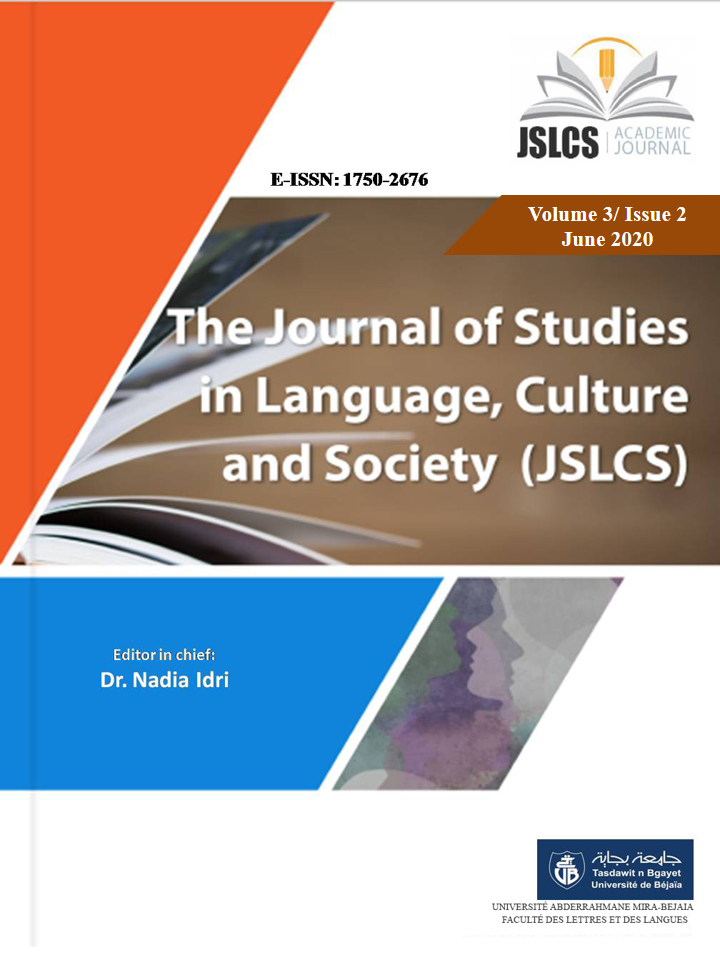Covid-19 Pandemic Goes Endemic: Social Distancing Measures And Use Of Different Digital Platforms In Higher Education
Keywords:
Closures, COVID-19, digital platforms, education, social distancingAbstract
In these difficult times of the COVID-19 pandemic and of the implemented social distancing measures, it is not clear how this affects university teachers and whether the digital turn contributes in shaping their affective makeup. The present study aims to investigate the relation between the use of technology and teachers’ affective makeup together with their social and professional connectedness. For this to obtain, three research questions were raised: (1) Is the proportion of teachers who have regular access to the Net the same as the proportion of those whose access is not regular? (2) Are social media platforms users more likely to feel satisfied with what technology offers to stay socially connected than other digital platforms users (namely, blogs, websites, wikis, file sharing sites, etc.)? (3) Is teachers’ satisfaction with what technology offers to stay professionally connected related to type of digital platform used? A questionnaire was administered via email to 161 teachers; only 26 responded. The raw data were submitted to a Chi-square Goodness of Fit test and a Chi-square of Independence test using SPSS. While the results were statistically significant for the former test, they were not so for the latter. Implications and recommendations are thereby discussed.
References
Blog.google (2020). Google Meet premium video meetings—free for everyone. Retrieved on May 8, 2020 from https://blog.google/products/meet/bringing-google-meet-to-more-people
European Centre for Disease Prevention and Control (2020). Considerations relating to social distancing measures in response to COVID-19 – second update. Stockholm: ECDC. Retrieved on March 23, 2020 from https://www.ecdc.europa.eu/sites/default/files/documents/covid-19-social-distancing-measuresg-guide-second-update.pdf
Field, A. (2009). Discovering statistics using SPSS (3rd ed.). London: SAGE Publications Ltd.
Huang, R., Spector, J. M., & Yang, J. (2019). Educational technology: a primer for the 21st century. Springer: Springer Nature Singapore Pte Ltd.
Jackson, C., Vynnycky, E., & Mangtani, P. (2016). The relationship between school holidays and transmission of influenza in England and Wales. Am J Epidemiol, 184: 644–51. Retrieved from https://pubmed.ncbi.nlm.nih.gov/27744384/
Keeler, A & Miller, L. (2015). 50 Things you can do with google classroom. Dave Burgess Consulting, Inc. San Diego, CA.
Monroe, B. (2004). Crossing the digital divide: race, writing, and technology in the classroom. NY: Teachers College Press, Columbia University.
Nussbaumer-Streit, B., Mayr, V., Dobrescu, A.I., Chapman, A., Persad, E., Klerings, I., Wagner, G., Siebert, U., Christof, C., Zachariah, C., Gartlehner, G. Quarantine alone or in combination with other public health measures to control COVID-19: a rapid review. Retrieved on May 16, 2020 from https://pubmed.ncbi.nlm.nih.gov/32413914/
UNESCO (2020). 290 million students out of school due to COVID-19: UNESCO releases first global numbers and mobilizes response. Retrieved on March 5, 2020 from https://en.unesco.org/news/290-million-students-out-school-due-covid-19-unesco-releases-first-global-numbers-and-mobilizess
Viner, R.M., Russell, S.J., Croker, H., Packer, J., Ward, J., Stansfield, C., Mytton, O., Bonell, C., & Booy, R. (2020). School closure and management practices during coronavirus outbreaks including COVID-19: a rapid systematic review. 4(5): 397-404. Retrieved May 2020 from https://pubmed.ncbi.nlm.nih.gov/32272089/
Warschauer, M. (2003). Technology and social inclusion: rethinking the digital divide. The MIT Press. Cambridge, Massachusetts.








